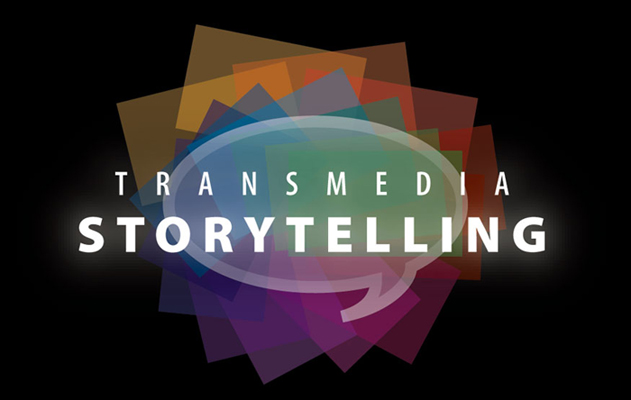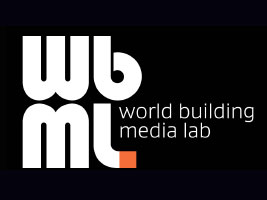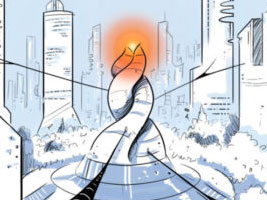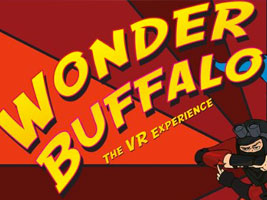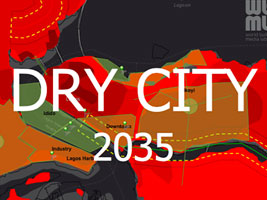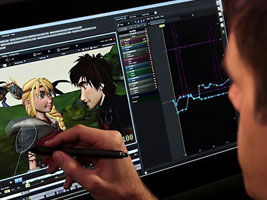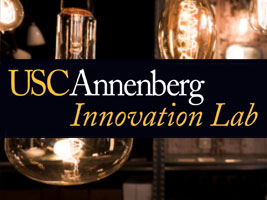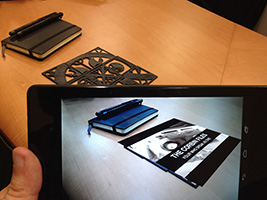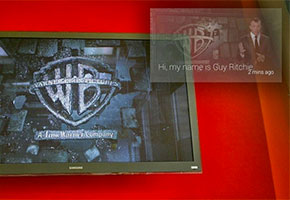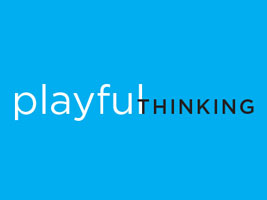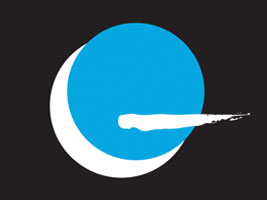 |
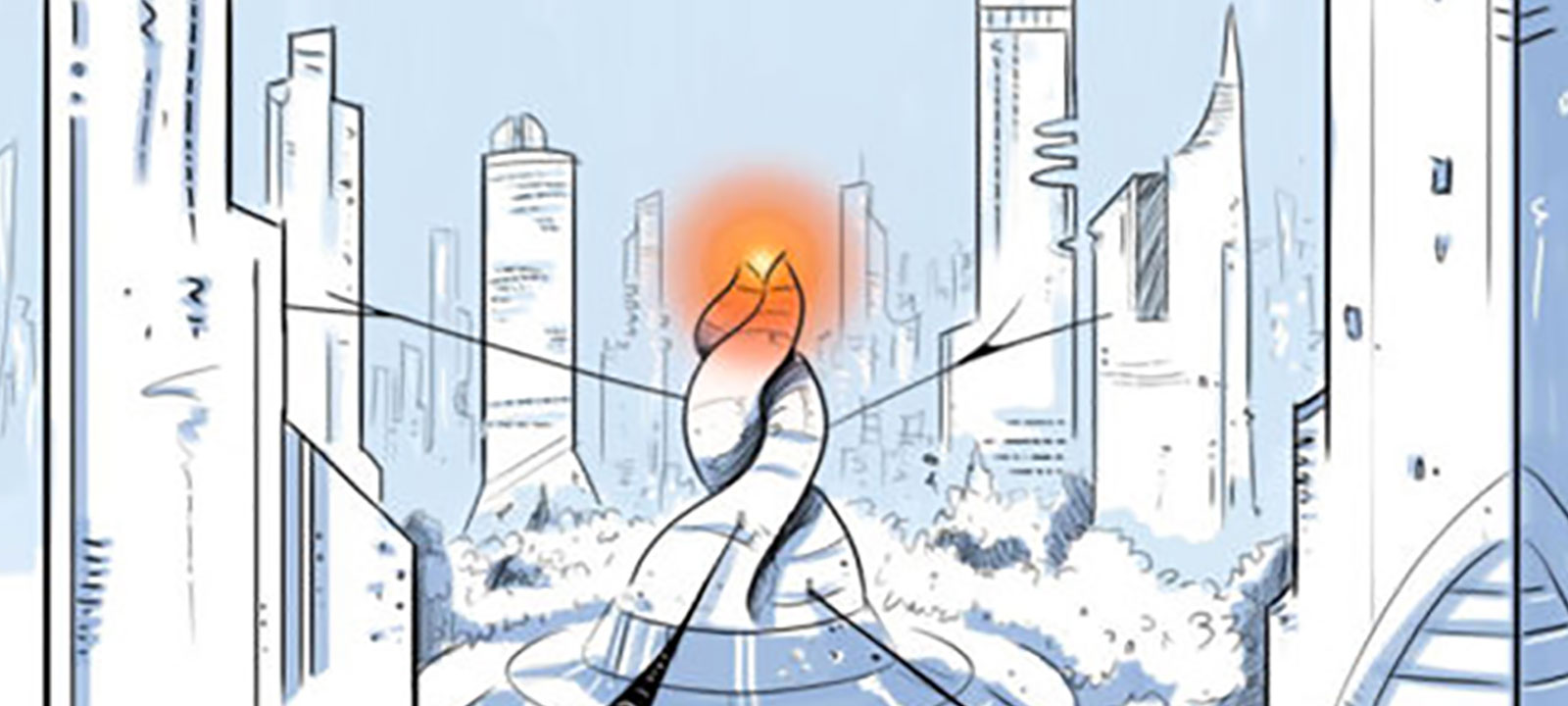
|
|
The World in a Single Cell (2017)
|
|
The challenge
What can we learn about the human cell by studying complex urban systems, and how might we rethink the future of cities by studying cells? The solution
In early 2017, USC's World Building Media Lab began a major collaboration with the USC Bridge Institute at the Michelson Center for Convergent Bioscience in USC's Dornsife College of Letters, Arts and Sciences, with additional support from Havas XVIII, to create a fully experiential virtual world in a single cell, using metaphors of the complex systems of a city. The goal is to use storytelling and world building to present scientific detail in ways that are engaging and approachable for both laymen and experts. By creating a virtual Cell as a City, based on the structure and function of a pancreatic beta cell, we will allow people to explore a rich biochemical world while engaging concepts, pathways, and implications through narrative, all backed by scientific rigor. The World in a Single Cell project brings together a broadly interdisciplinary team of scientists, storytellers, artists, programmers, and conceptual thinkers, all with a proven track record of creating the next wave of content and experiences. This project has healthcare, educational, and STEM aspects and outcomes, as well as providing an opportunity to further empower women moving into (and staying in) the scientific education and training pipelines. This project can also flip 180 degrees to look at ways that nature's pathways and processes might inform and be applied to future city design. We also envision that our "Cell City" can serve as an extensible framework/platform where other scientists can add their results, expand details, and connect related work. Our long-term goal is to create a rich and diverse world that scales from atomic to cell to organ to human. Immersive media like virtual reality provide a unique portal into systems both large and small, and when combined with narrative elements based on scientific rigor, promises to enable a new generation of education, research, and collaboration. We seek to take the passion inherent in scientists and present that in a way that translates across a broad spectrum of society, while providing opportunities for deep engagement as well. We know that human experiences in immersive environments are challenging to design and execute, but given our experience and the trans-disciplinary approach, we are excited to create new ways of understanding through world building and help advance society through students, scientists and citizens engaging with the Cell as a City. The team
BRIDGE INSTITUTE TEAM Kyle McClary – Lead Student Researcher Nilkanth Patel – Student Researcher Jitin Singla – Student Researcher Raymond Stevens – Principal Investigator Ariel Wein – Student Researcher Kate White, PhD – Student Researcher WBML TEAM Margaret Andersen – Visual and Graphic Design Javier Barbosa – Concept Art Brian Cantrell – Visual Research and Audio Design Laura Cechanowicz – Visual Research and Interaction Design John Paul Francis – Visual/Scientific Research Brendan Ho – 3D Interaction Designer Perry Hoberman – Faculty Advisor, Narrative Design Ronni Kimm – Project Creative Director Geoffrey Long – WbML Creative Director Alex McDowell, R.D.I. – Primary Investigator Kira Qwan – Producer Luis Reyes – Narrative Designer Todd Richmond – Primary Investigator Eliza Rose – Lexicon and Language Research Ishan Shapiro – Researcher Asa Tait – Narrative Writer Joseph Unger – Faculty Advisor, Interaction Design Trisha Williams – Faculty Advisor, Visual Design
|
